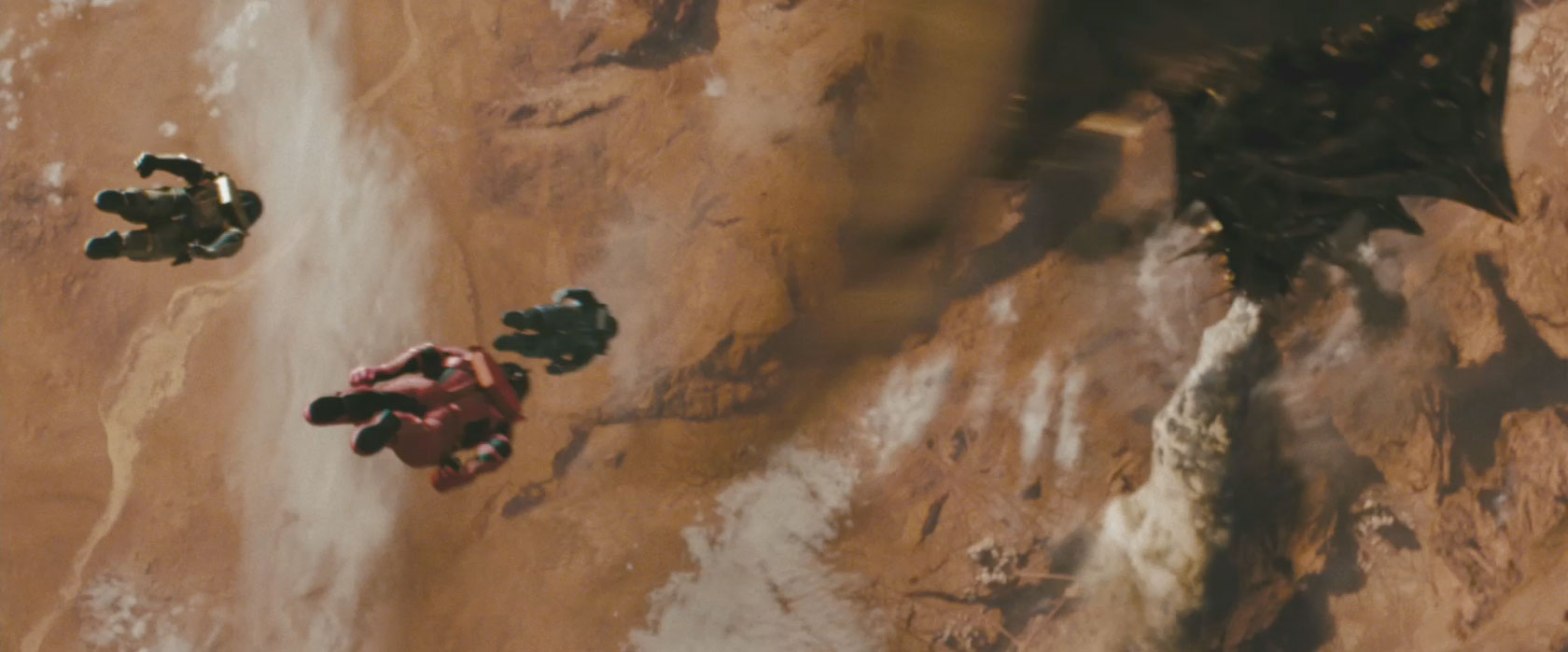Don’t get me wrong, I don’t think that scientists are totally devoid of imagination. In actual fact, some of the best scientists are those that are able to bring creativity to their day to day, to think outside the ordinary and push beyond existing boundaries. There is however a great creative force on this planet. Hollywood. The scriptwriters, action choreographers and directors sit there day and night to think up new and spectacular ways to entertain us, bend reality and leave us spellbound. (The same of course applies to poets, musicians, artists and all those that work in the creative industries). To me it is one the most obvious professional sources of creativity one can find and is readily available to inspire budding scientists.
Jumping from space (Star Trek Style), Designing an antidote to a new Influenza strain in no-time (Contagion Style), Learning how to make scientists dance (Gangnam Style).
Sometimes Hollywood takes inspiration from well publicised breakthroughs in science and sometimes this occurs the other way around. Take the recent space jump by Felix Baumgartner- a crack team of engineers, scientists and meteorologists were able to safely send a man to the edge of space and then track his supersonic free-fall jump back to earth. This exercise was only possible through experimentation, measurements and sound analysis to meticulously design a remarkable space-suit, all of which are now of particular interest to NASA and of course the venture capitalists ploughing money into commercialised space travel [1]. This space-jump idea was also used in a gripping scene in the most recent Star Trek (2009) film. Seriously! Go back and watch it! Regarding Contagion (2011), maybe this is somewhat of an anomaly, as the film is actually a “medically-orientated” thriller. Nevertheless there are still some amazing scenes, where the CDC have these super-cool holograms and graphical representations of proteins interacting and allow for a cure/antidote to be mustered up in no time! Bioinformaticians take note! We want our boring script-based read-outs to have colourful pictures and illustrative projections on our screen when we work. It’ll help us discover cures!! Turns out scientists have learnt how to dance Gangnam Style [2]. Facepalm* Essentially what these movies do, is just give us an idea- no matter how insane it may be. Sometimes being able to see it on screen and visualise what a crazy idea might look like actually helps for its inception and progression to becoming a reality. For those of you that have watched Prometheus (2012), how awesome would it be if you had a robot that can perform routine operations just by pressing a few buttons- one that is programmed to work for both men and women (cough* awkward caesarean section scene)? These ideas are just conceptual now, but some scientists should watch these films for not only the entertainment but for the inspiration!
I will totally attend a “scientific” conference with Hollywood movers and shakers. Who’s with me?
It goes without saying that many people take inspiration from art, nature and exciting conversations with friends n’ family. However, what I’m suggesting here is something a little more formalised. How about we have a conference where all the creative heavy-weights of Hollywood meet all the scientific heavy-weights of…science… and we just get together! We could have a half day presentation of new scripts, CGI effects and slick graphical user-interfaces followed by half-day presentations by scientists on recent developments in their respective fields which will finally move the sci-fi genre forward from genetic mutations, being bitten by radioactive bugs and flying cars (why on earth don’t we have them yet!) Win win situation all round don’t you think?
References:
1. http://www.space.com/18061-supersonic-skydive-astronauts-reaction-felix-baumgartner.html
2. http://www.youtube.com/watch?v=CfnoI5f2IwQ

Not Hollywood since it involves writing but thought you might find this interesting:
http://www.guardian.co.uk/books/2012/dec/02/science-writing-debate-pinker-gleick-greene-frank-foer